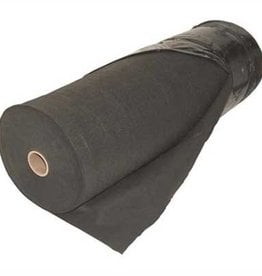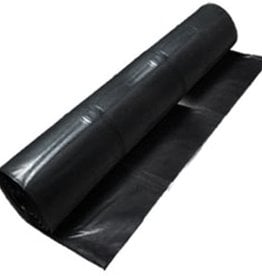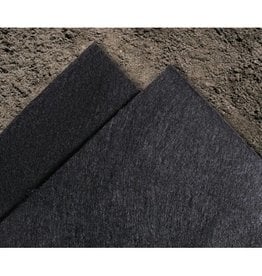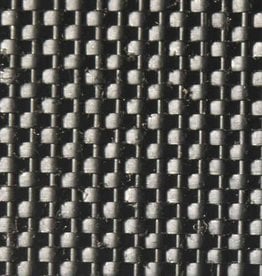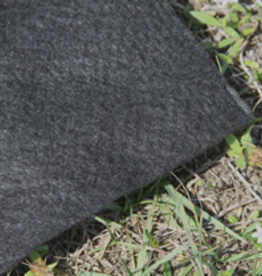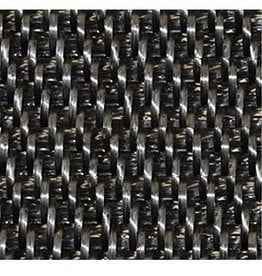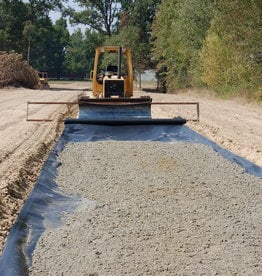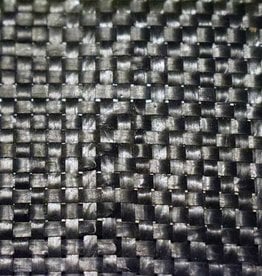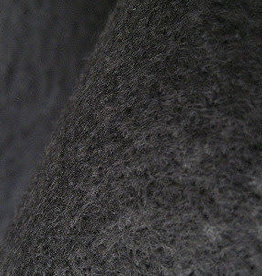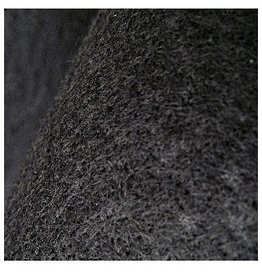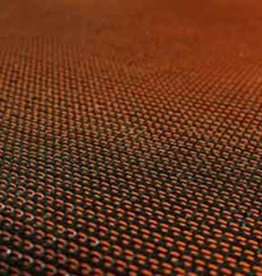Geotextile Fabric
There are several types of Geotextile Fabrics, which consist of a permeable synthetic material usually made from polymers such as polyester or polypropylene. The geotextiles can be made of woven fabrics, non-woven fabrics, or knitted fabrics. Different geotextile materials are specified for various characteristics, such as separation, filtration, drainage, reinforcement, sealing, and protection. Geotextiles are used in the construction of roads, drains, harbour works, breakwaters, and for land reclamation and many other civil engineering purposes.
Woven verses Non-Woven? Each geotextile type has its benefits and uses, depending on project requirements for strength, durability, and drainage. As the names indicate, the basic difference between the two lies not in how the geotextiles function, but rather in how they're manufactured.
Woven Geotextiles Fabrics are woven with industrial looms in a consistently applied pattern for strength and drainage. They are made from narrow strands of polypropylene tape that are woven together during manufacturing, producing a sturdy fabric, but one with less permeability than non-wovens. Commonly known as ground stabilization fabric, wovens are useful in separating fewer desirable sub soils from gravel or paved surfaces. These ground stabilization geotextiles have high tensile strength at low elongations. They allow drainage while adding an extra layer of support between road subgrades and aggregates, increasing stability, and extending the life of the road surface. They reduce maintenance costs and improve the performance of paved and unpaved surfaces. While they are permeable, they are not typically used in applications requiring filtration as the main function. Woven Geotextile Fabrics perform at a high level and save time and money.
Non-Woven Geotextiles are most manufactured with what's called a "needle-punched" process, using barbed needles to create a felt-like permeable geotextile fabric. Rather than weaving together fabric on a loom, non-woven geotextiles are manufactured by bonding materials together, either through chemical or heat, needle punching or other methods. They are made of synthetics and most often used in filter or separation applications. Non-Woven Geotextile Fabrics have a felt-like consistency engineered for strength and water flow. Made in several different weights and filtration levels, these geotextiles are an ideal solution for separation, drainage, sediment control, cushioning, and various construction and road repair applications. Non-Woven Fabrics are high in resistance to UV rays, rot, and degradation.




